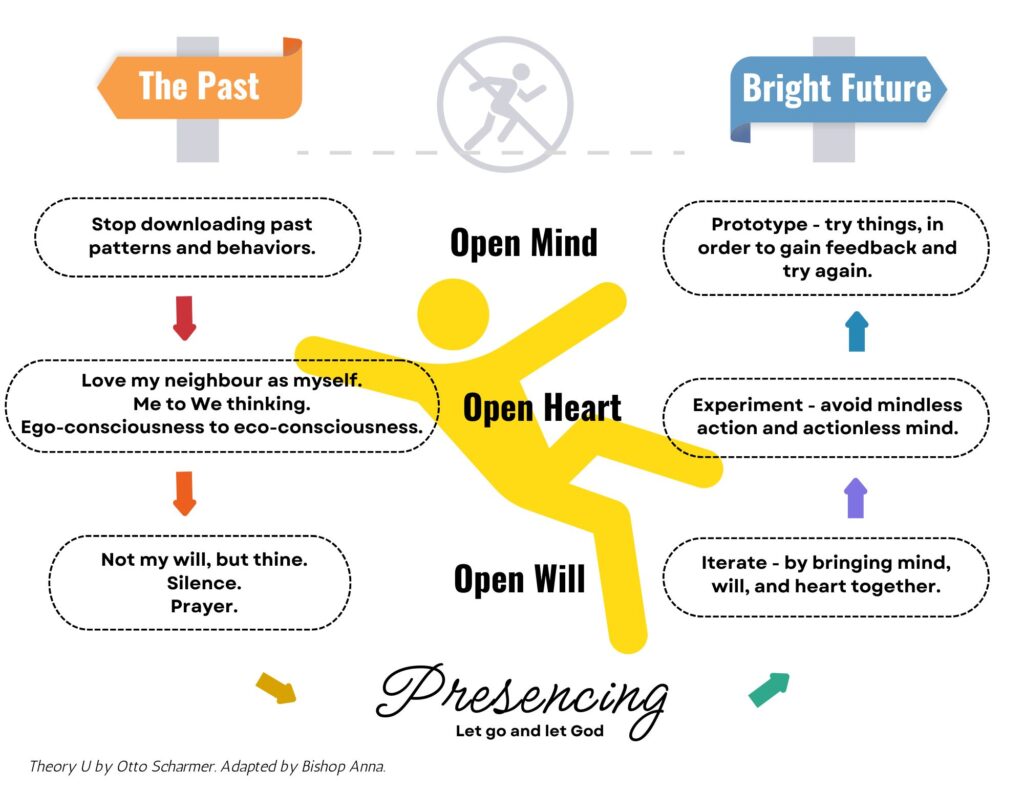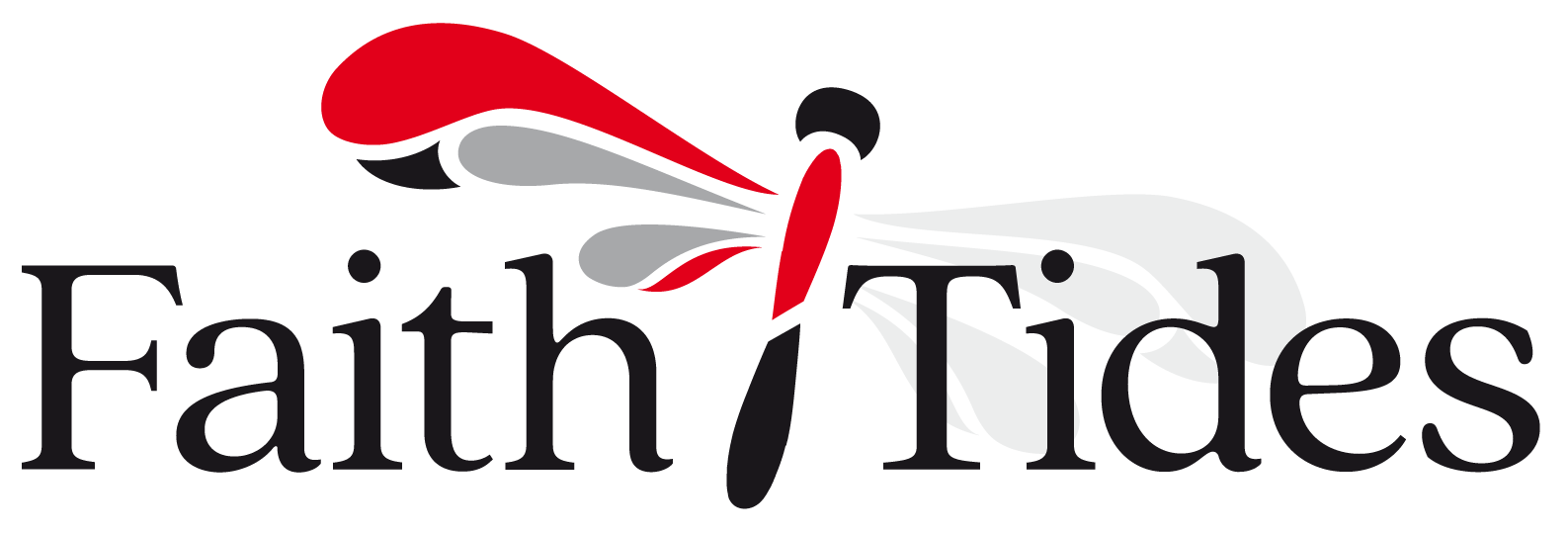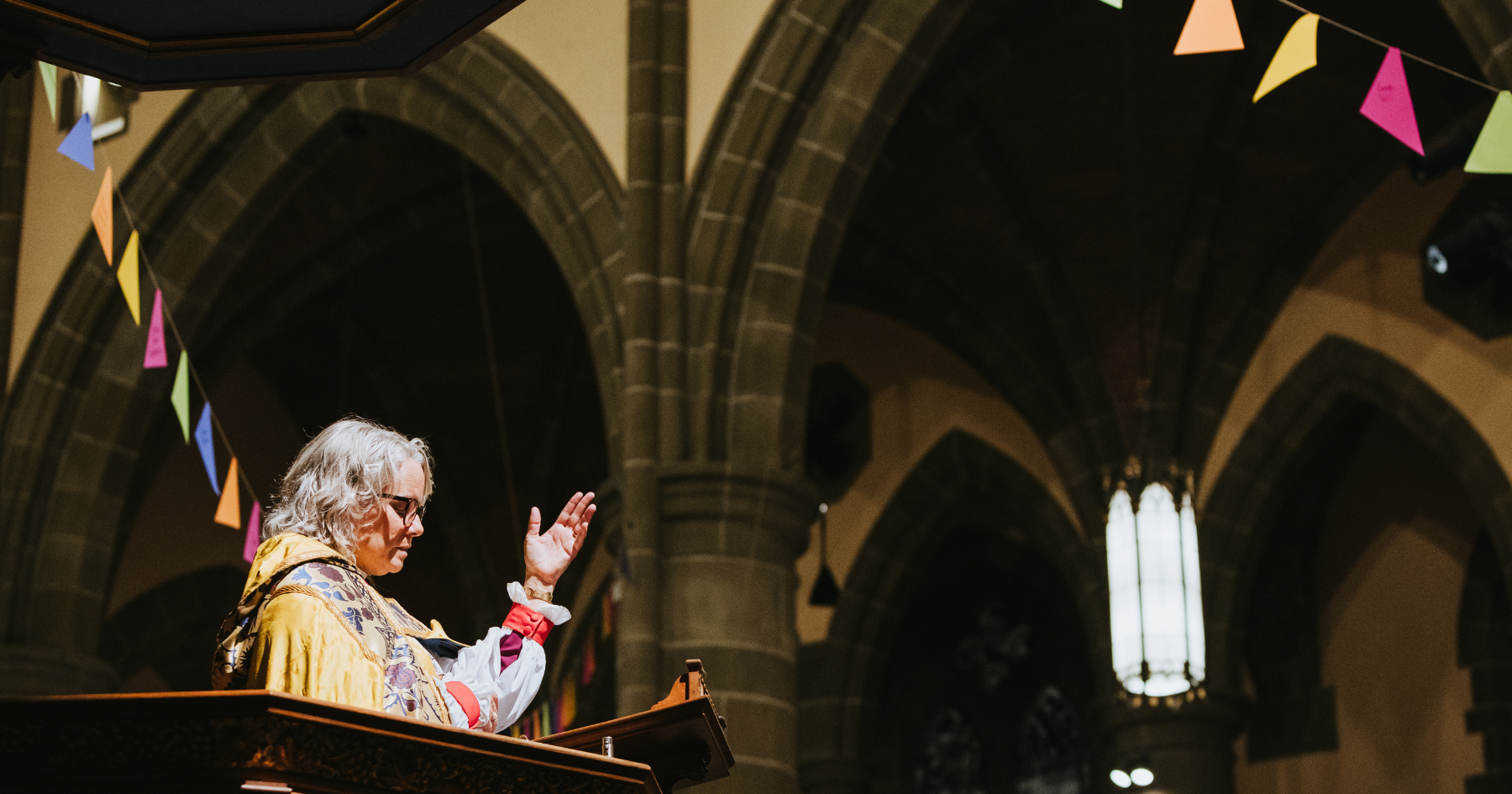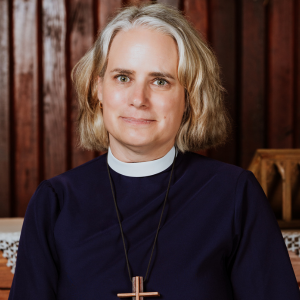The following is the text Bishop Anna prepared for her charge to synod. To see the recording of the charge please go to the recorded service.
“Behold, behold I make all things new,
beginning with you and starting from today.
Behold, behold I make all things new,
my promise is true for I am Christ the way.”
— John Bell
The last time we gathered as a diocese as a synod, my charge to you was that the future is not going to look like the past, and the future is bright.
I have been heartened by how the diocese took up that charge and repeated it back, and how we have lived into this promise.
Since our last synod, we have trained and licensed 54 lay worship ministers. All over our diocese, faced with the fact that we do not always have clergy available for every single Sunday and weekday worship service, we have dug into our ancient and new traditions, and trained up folks to lead beautifully crafted services of the word. As I travel across our diocese, I have been thrilled to see these folk leading services everywhere from here at the cathedral to Galiano Island, Port Alberni and Port Alice. Could anyone who is here today, who is a licensed lay worship leader please stand up and be recognised?
The future, the future is not going to look like the past and the future is bright. For behold, God is making all things new.
I have also been heartened by how many of our parishes are taking a faithful and considered look at their properties. Historian Jesse Robertson has done some remarkable work researching the history of our properties, reminding us that many of them, such as this one, were granted to us by the Hudson’s Bay Company as part of the colonisation of this land. We have a responsibility to acknowledge and repent for our part in colonialization and to find tangible ways of reconciling and living in right relationship. There are conversations about rededicating part of this property as lək̓ʷəŋən territory. Part of the St John the Divine property down the road here on Quadra Street is going to become a garden for an Indigenous healing centre that is being built next door to that property.
God is indeed making all things new.
We are in the process of adding another 85 affordable housing units for seniors at Dawson Heights, our ministry across the road from St Luke’s in Saanich. This brings the total number of affordable housing units at Dawson to 183. St John’s, Duncan has sacrificially gifted much of its property to Duncan Housing Society so that 125 units of affordable housing can be built in downtown Duncan.
So many of our parishes are having honest, difficult, beautiful conversations about how best to steward our properties into the future. If your congregation is having such conversations, please stand.
Thank you for your faithfulness in this work. It is not simple. May you know that God is indeed at work in you, in the world, in the communities you serve, making all things new. For the home of God is among mortals and what we do with our places, with our church homes, with the lands we steward, matters to God.
Today, All Saints, our scriptures again remind us of the bright future that God is always and everywhere calling us into.
For me, the connecting thread between the first reading from the Wisdom of Solomon, the second from Revelation and the gospel, is tears. In all three readings there are tears. In the Wisdom of Solomon, we are exhorted not to cry for the departed but to trust that they are at peace, or, in fact, that they are running like sparks though stubble, that the flames of their lives are spreading, like wildfire.
In Revelation we get this timeless image of the day when every tear will be wiped away and all things will be made new.
And then, in today’s gospel, Jesus himself weeps. The shortest sentence in all the gospels: and Jesus began to weep.
Yes, God is making all things new; yes, the home of God is among mortals. But it’s only human to shed a tear or two along the way, even Jesus did. For death, well death, stinks. And there is simply no way to get to resurrection without it.
While completing my MBA, I did a lot of work on change theory and became enamored with what is called Theory U, which, if you want to look it up, was developed by a man at MIT called Otto Scharmer. The basic premise of it is that when truly deep change is needed, you can’t just leap from one thing to another. You have, instead, to do a path of descent and resurrection.
As much as we’d like to believe that to get from one thing to the other you can just build a bridge — usually in the form of a strategic plan — and, in an orderly and organised way, get from one side of the chasm to the other, Theory U suggests that when truly transformative change is required the only way to get there is to go down one side of the U and up the other.

This is why the funny person on the Theory U diagram Paula and I made for you looks like they are falling.
The path of descent, in the language of Theory U, is that we have to open our minds, our hearts and our wills so that we can become present to what new thing is possible.
We need to open our minds by not simply trying to solve problems, or see reality by downloading past patterns and behaviors, but by seeing with fresh eyes, listening with new ears.
We open your hearts by moving from “me” to “we.” By letting go of how I see and understand things, to seeing and understanding from the perspective of the system as a whole. Scharmer calls this moving from ego-consciousness to eco-consciousness. Which to me, sounds a whole lot like loving our neighbours as ourselves.
And finally, we open our wills, which to me sounds a whole lot like the Christian idea of kenosis or self-emptying. We put aside our own will and desires and open ourselves to what God is doing in our midst.
Once the system as a whole has done all of this, we are at the bottom of the U and what Scharmer calls presencing. With all his fancy MIT credentials, the language and images that Scharmer uses are borrowed from Christianity. He likens the presencing to a camel passing through the eye of the needle, and he posits that it is work that can really only be done in silence, by letting go and letting come.
He talks about how what will come is bigger and more different that anything that could have happened without doing the work of opening the mind, the heart and the will; of moving from ego-consciousness to eco-consciousness, of sensing not from the self, but from the whole; and then of just letting go and letting God. Maybe in that silence you shed a tear or two.
But then, but then by God’s grace we rise again.
But, says Scharmer, to rise again we actually have to do something. We have to bring the mind, heart and will in a new way and we have to incarnate something new. We have to iterate and prototype our way into the new. We have to try new things in order to gain feedback and try again. We have to be careful of mindless action, just doing things without reflecting, but equally so of actionless mind, of just talking and talking and talking and never actually doing anything.
And so, my friends, that’s a lot of change theory for a Friday night. But I offer you this model as I believe it’s a helpful tool for us as the Diocese of Islands and Inlets.
Tomorrow morning Scott is going to talk to us about what it means to be a synod. What it means to live synodically. He’s going to remind us that the word synod means “together on the path,” and I’d suggest that the path we are on is this path of descent and rising; of death and of resurrection; of opening our minds, hearts and wills so that we can let go and let come. So that we can trust that the house of God is among mortals and that God is always and everywhere making all things new.
“Behold, behold I make all things new,
beginning with you and starting from today.
Behold, behold I make all things new,
my promise is true for I am Christ the way.”
During Synod opening worship, Lisa Alexander was commissioned as a lay canon and Jenny Replogle was installed as a diocesan canon. Below are welcome letters from Bishop Anna, Lisa and Jenny.
Welcome letters from Bishop Anna, Canon Jenny and Canon Lisa




